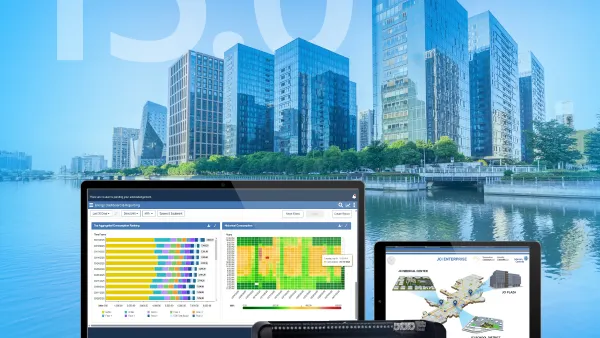Dive Brief:
- The shift to hybrid and flexible work arrangements has prompted facility managers to rethink office design, leading to a small boom in workspace investment, real estate specialists said at the International Facility Management Association’s flagship annual gathering last month.
- Presenters from two workplace analytics providers and a commercial real estate consultancy encouraged facility managers gathered at IFMA World Workplace 2025 to incorporate high-frequency occupancy data into longer-range workspace planning.
- It can take several years for larger organizations with oversized real estate portfolios to optimize workspaces, said David Music, who led multinational commercial insurer Willis Towers Watson through an eight-year right-sizing process.
Dive Insight:
After years of uncertainty following COVID-19, white-collar employers are converging on a hybrid work model that sees employees balancing remote and in-office work.
Ninety-two percent of employers surveyed by CBRE have hybrid work requirements, the commercial real estate firm said in a Sept. 4 report.
Asked to characterize their own work arrangements, 40% of the audience at a World Workplace session on the “modern hybrid mandate” said they had “hybrid flex guidelines” with no structured in-person mandate. Thirty-five percent said they were hybrid with structured in-office requirements, 11% said they were fully in-office and 9% said they were fully remote. The remaining 2% said their employers were “transitioning or reevaluating” workspace needs.
AshLea Allberry, chief operating officer of workplace management platform Maptician, said at the conference that in-person work is increasingly purpose-driven.
“I have to go into the office with a purpose, not just because I ‘should,’” Allberry said. “I want to get a project done with certain people. I want face time with my team. These are all things we’re hearing” from employees.
Employees’ emphasis on collaborative, project-based work is pushing employers to reconfigure workspaces around shared spaces, like meeting rooms and walled-off areas, where smaller teams can focus, Allberry said. They’re also still investing in “experience” features like “wellness rooms” and fitness centers to encourage employees to abide by return-to-office policies, she said.
But it’s not wise for facility managers and their bosses to simply guess at the layouts and features that will draw employees back to the office, Allberry said. She shared a case study of Nelnet, a Nebraska-based financial services firm that tried to entice workers back to the office with a “beautiful new space … that didn’t really work,” before moving to a new building and a mandatory three-day in-office requirement.
“The firmer approach worked,” Allberry said. “People are still irritated to have to go back to the office, but at least they’re being told that this is what we’re asking you to do.”
High-frequency, individualized occupancy data gathered from employee badges or smartphone apps can help, according to Allberry. Successful return-to-office redesign typically unfolds in three steps: capturing space use data to get a handle on workplace occupancy patterns at different times and locations, designing and managing spaces to better align with employee behavior, and simplifying employee-facing technology — such as desk-booking apps — to optimize space use, said said..
An important early step in aligning workspaces with the new hybrid reality is rolling out shared desks with digital booking capabilities, said Nic Halverson, CEO of space-use intelligence company Occuspace.
“We are in a world where hybrid work is truly here to stay,” he said. “If you can't move away from assigned seating, it’s hard to see that space efficiency [number] go up.”
There’s no one way to develop a desk-sharing framework, let alone a broad-based space optimization strategy, Music said. Some organizations prefer department-level optimization, while others focus on entire floors or “neighborhoods” within larger facilities, he said. The details depend on the physical properties and functions of the facilities, actual use on peak days and the organization’s strategic goals and financial realities, among other factors.
His advice to facilities managers: Start gathering data now.
“The earlier you start, the more time you're going to have to build the story to take to your business leaders,” Music said. “It takes a long time to get your leadership team to understand the options you're bringing to the table.”
The journey might be long, but the payoff can lead to a significant reduction in overhead — and show up in unexpected places, Halverson said. He pointed to a case study Occuspace did for Sodexo, the foodservice and facility management company, that found better office occupancy data led to a 20% reduction in food waste from on-site eateries.









